Contact
John Pennington
Phone: (501) 671-2195
Email: jhpennington@uada.edu
Invasive Plant Removal Demonstration | Little Rock State Office
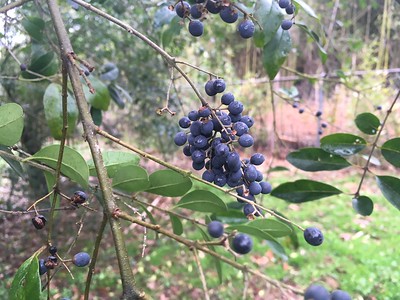
Fast Facts
- Site established in Feb 2020
- Invasive plant of focus: Chinese Privet
- Least effective method of removal: pulling/uprooting
- Invasive plants reduce the diversity of native plants in our forests which eliminates food sources for wildlife
An invasive plant removal demonstration site was established in a forested area at the UA Division of Agriculture System's Little Rock State Office in February 2020 because volunteers with Master Gardeners and Master Naturalists in Arkansas were curious about which methods might work best in their efforts to remove invasive privet. The purpose of the demonstration is to evaluate the effectiveness of a variety commonly used methods of invasive plant control. The primary invasive plant of interest to control at this site is Chinese privet (Ligustrum sinense).
Six treatments for plant removal are under investigation for privet removal effectiveness. The treatments being evaluated include:
- mechanical pulling (M)
- cut stump and paint with glyphosate (CPG)
- cut stump and paint with triclopyr (CPT)
- foliar glyphosate (FG)
- foliar triclopyr (FT)
- control (C)
|
Invasive Plant Removal Demo Plot Arrangement |
||||||
|---|---|---|---|---|---|---|
|
Rep 1 |
C |
FG2 |
FT2 |
CPG2 |
M2 |
CPT2 |
|
Rep 2 |
CPG1 |
M1 |
CPT1 |
FT1 |
FG1 |
C |
The demonstration is nearing its first year of data collection on the initial privet
removal, and so far mechanical removal of plants by pulling or uprooting appears to
be the least effective method. All other forms of removal appear to be more effective
than pulling.
Privet Removal Demonstration Pictures
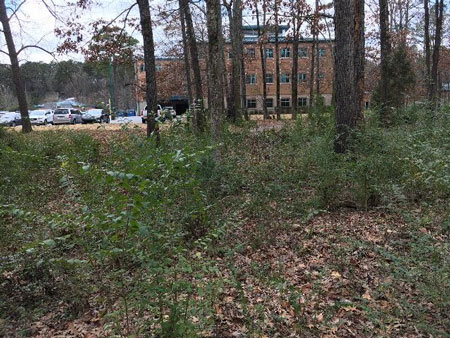
Before
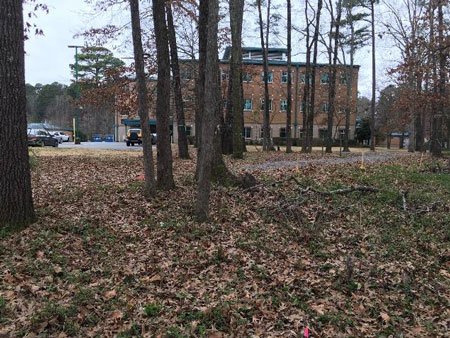
After
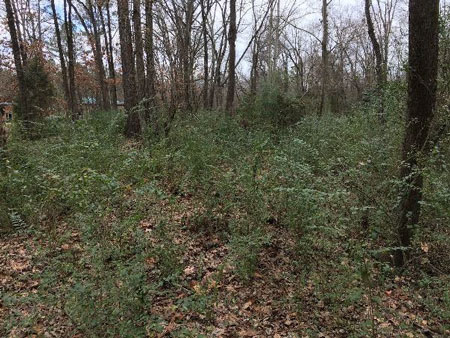
Before
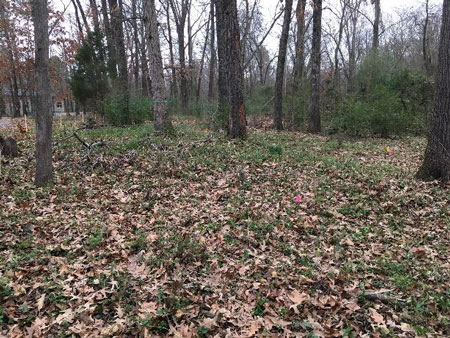
After
Plot Type Images
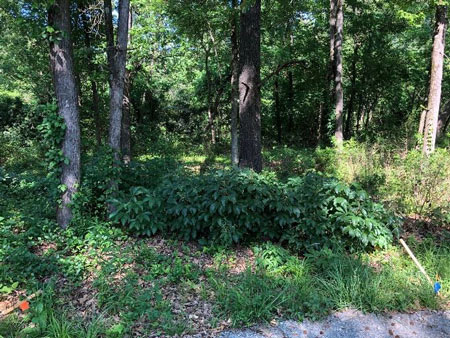
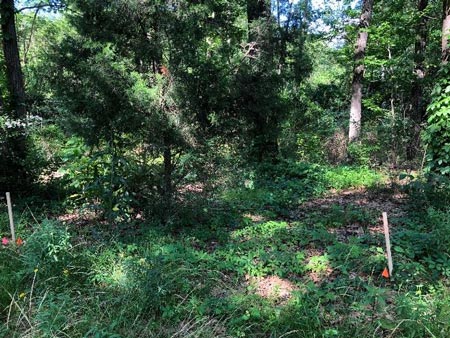
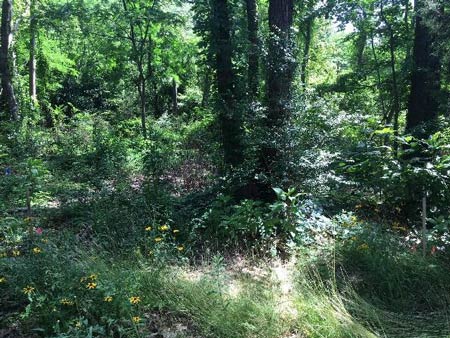
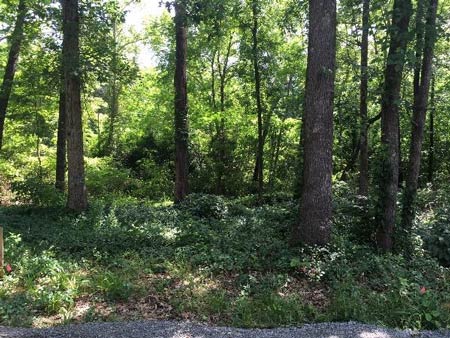
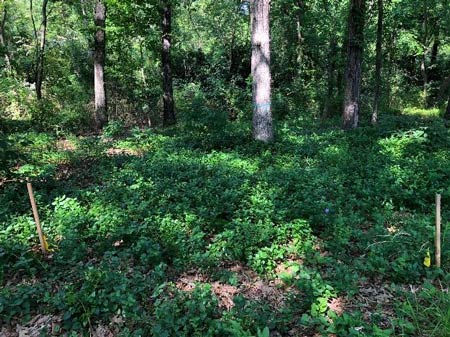
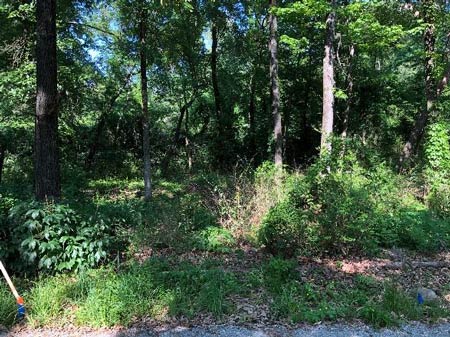
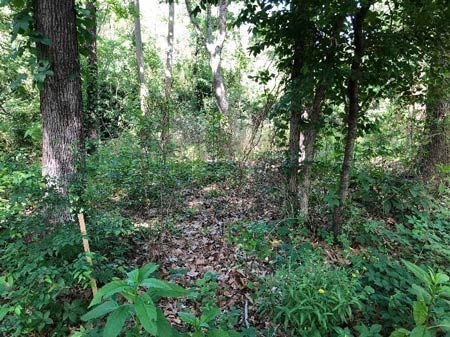
R2
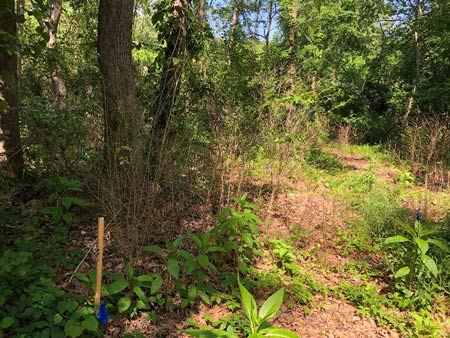
R1

Treatment 1
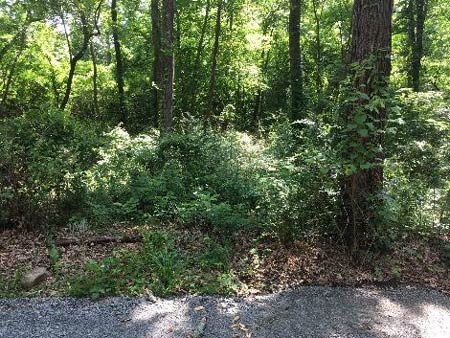
Treatment 2
Steps to Eradicate or Help Prevent the Spread of Exotic Invasive/Invasive Plant Species
- Increase public awareness
- Take Inventory
- Make a Plan
- Use appropriate methods
- Follow up on maintenance
- Obtain funding